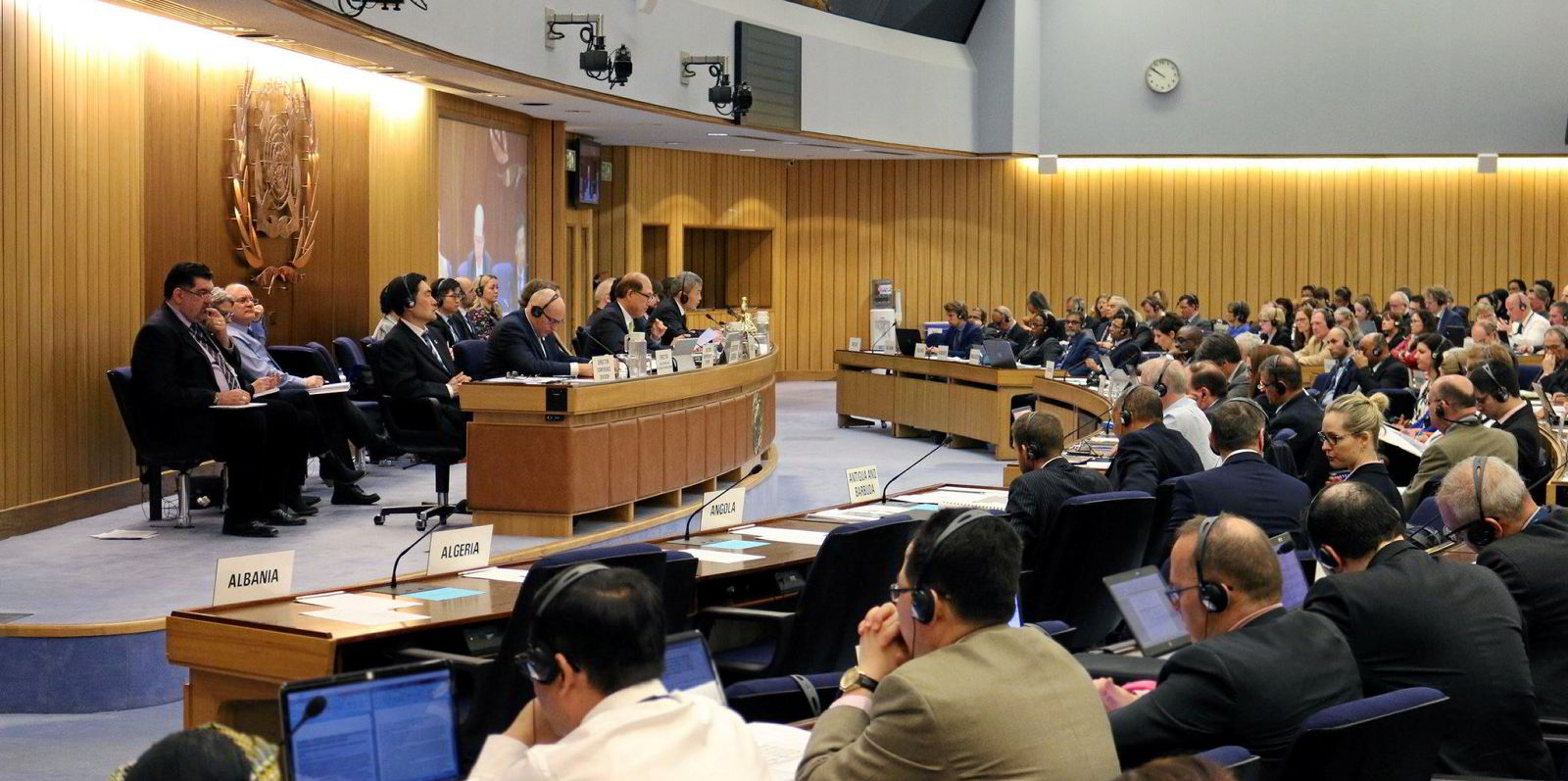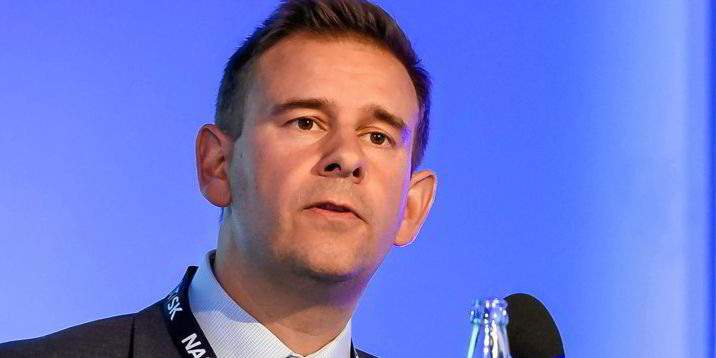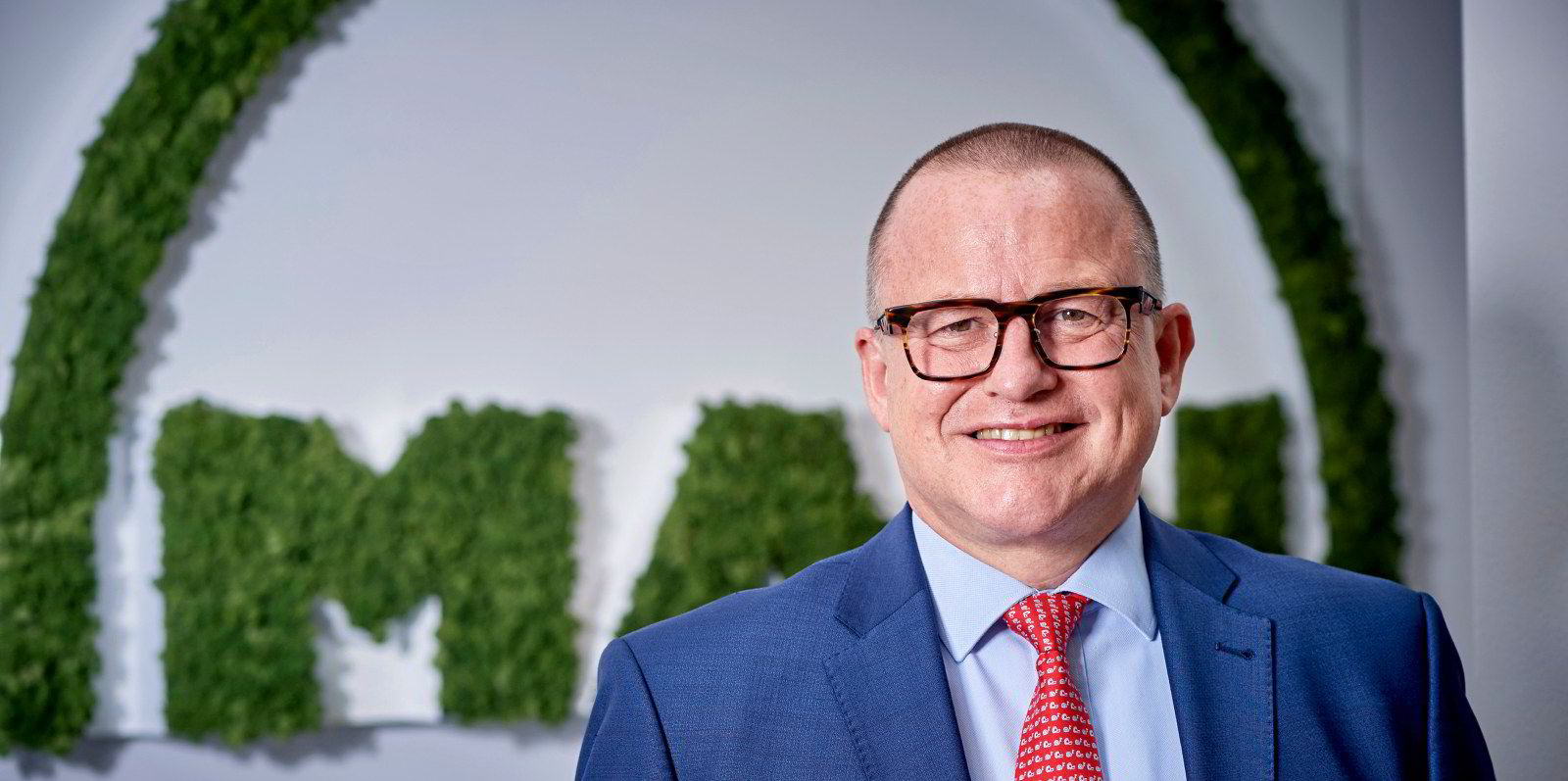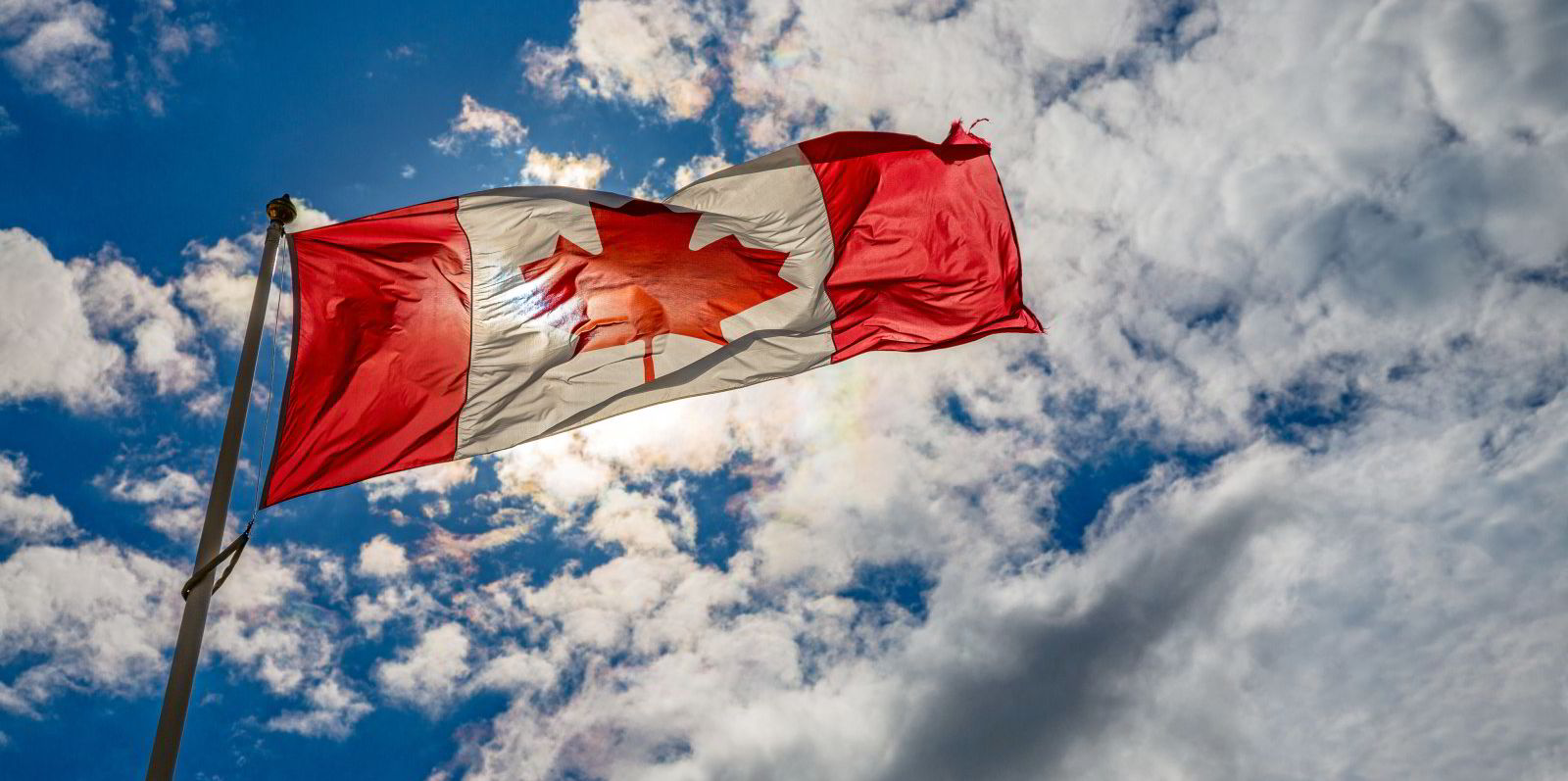Shipping analysts are calling on the International Maritime Organization to fill the holes in its recently announced emissions regulation, which they claim will slow down the industry's transition to low-carbon shipping if left unchecked.
IMO member states last month approved legally-binding rules to reduce shipping's greenhouse gas (GHG) emissions — but the methods to calculate carbon intensity and punitive measures for non-compliance remain undetermined.
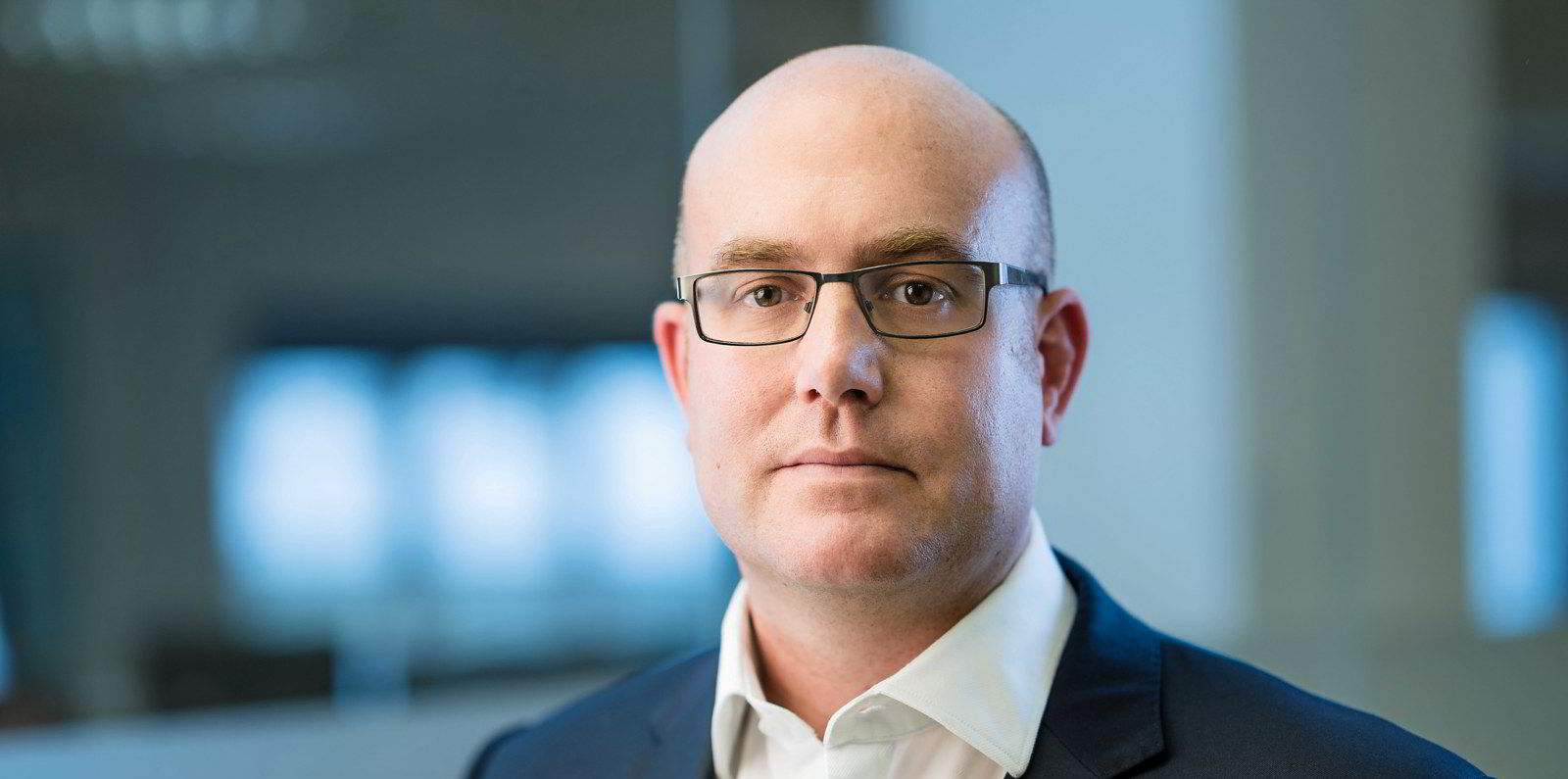
“Given that technical work and guidelines are still to be concluded, the lack of clarity is particularly concerning,” Maritime Strategies International managing director Adam Kent told TradeWinds.
“There is no clear signal on the shape or timing of investments they [shipowners] should consider that start to move towards net-zero vessels, let alone zero-emission vessels.”
To combat climate change, the IMO has aimed to reduce carbon intensity of international shipping by 40% before 2030 and halve total GHG emissions by 2050.
In mid-November, the United Nations agency rubber-stamped the first set of rules to come into force by 2023 but left many details blank.
“It is not defined how much efficiency is to be achieved through these…technical measures or operational measures,” Drewry’s maritime research director Navin Kumar said.
“There are grey areas…The definitions are very vague.”
Building blocks?
One of the two pillars for the new regulation is the Energy Efficiency Existing Ship Index (EEXI), which applies technical efficiency standards to all ships of more than 400 gt.
But the IMO will only decide on how to calculate, survey and verify the EEXI in its Marine Environment Protection Committee (MEPC) meetings next year.
If member states opt to base the EEXI on the Energy Efficiency Design Index — the IMO’s newbuilding standards — as widely expected, the International Council on Clean Transportation believes most vessels will not need to improve their energy efficiency to be compliant.
This is because the IMO allows ships to reduce engine power to meet EEXI requirements, but an analysis by the environmentalist group finds most ships have already done so due to industry-wide slow steaming.
The other pillar is the carbon intensity indicator, a rating system for the operational efficiency of all vessels of 5,000 gt or above.
These ships will be rated A to E individually according to their actual fuel consumption per annum. Those rated E need to take corrective action in the next year, while vessels rated D for three consecutive years will have to do the same.
Member states have yet to decide on how to exactly rate each vessel and punish non-compliant shipowners.
Limited impact
The regulation in its current form fails to provide shipowners with incentives to invest in energy efficiency or demolish old tonnage that consumes more fuel, according to some analysts.
“The proposal allows escape routes for shipowners. If the cost of technical changes to achieve energy efficiency are high, many shipowners might choose to defer the compliance,” Kumar said.
Derek Langston, research head of shipbroker Simpson Spence Young, said there seems little prospect of an immediate regulatory-driven acceleration in demolition.
With low-emission vessels that can meet the IMO 2050 target still under development, most shipowners are expected to continue to avoid newbuilding investments and keep their mid-age ships trading well into the next decade.
University College London’s Energy Institute’s reader Tristan Smith, who has been involved in the IMO’s emissions talks for years, conceded member states had achieved “a really poor result”.
“[This] is setting us back a couple of years and will damage the industry’s ability to decarbonise as smoothly as it might have done,” Smith said.
Uncertain outlook
The IMO can theoretically tighten the decarbonisation rules by establishing rigorous guidelines on technicalities and punitive measures, but most green lobbyists do not expect member states to do so.
“Given that at that time member states will also be negotiating many other [issues]…there will be no political capital left to invest into improving the stringency of this measure,” Transport & Environment shipping director Faig Abbasov said.
AP Moller-Maersk, the world’s largest container carrier, has suggested member states can still make more progress at the IMO even though the current regulation is not ambitious enough.
“We call on the member states to ensure 2021 shows solid progress,” Henriette Hallberg Thygesen, Maersk’s chief executive for fleet and strategic brands, said.
“IMO should focus not only on raising the lower bar, but also rewarding first movers and companies taking risks to secure the transition to decarbonisation.”
